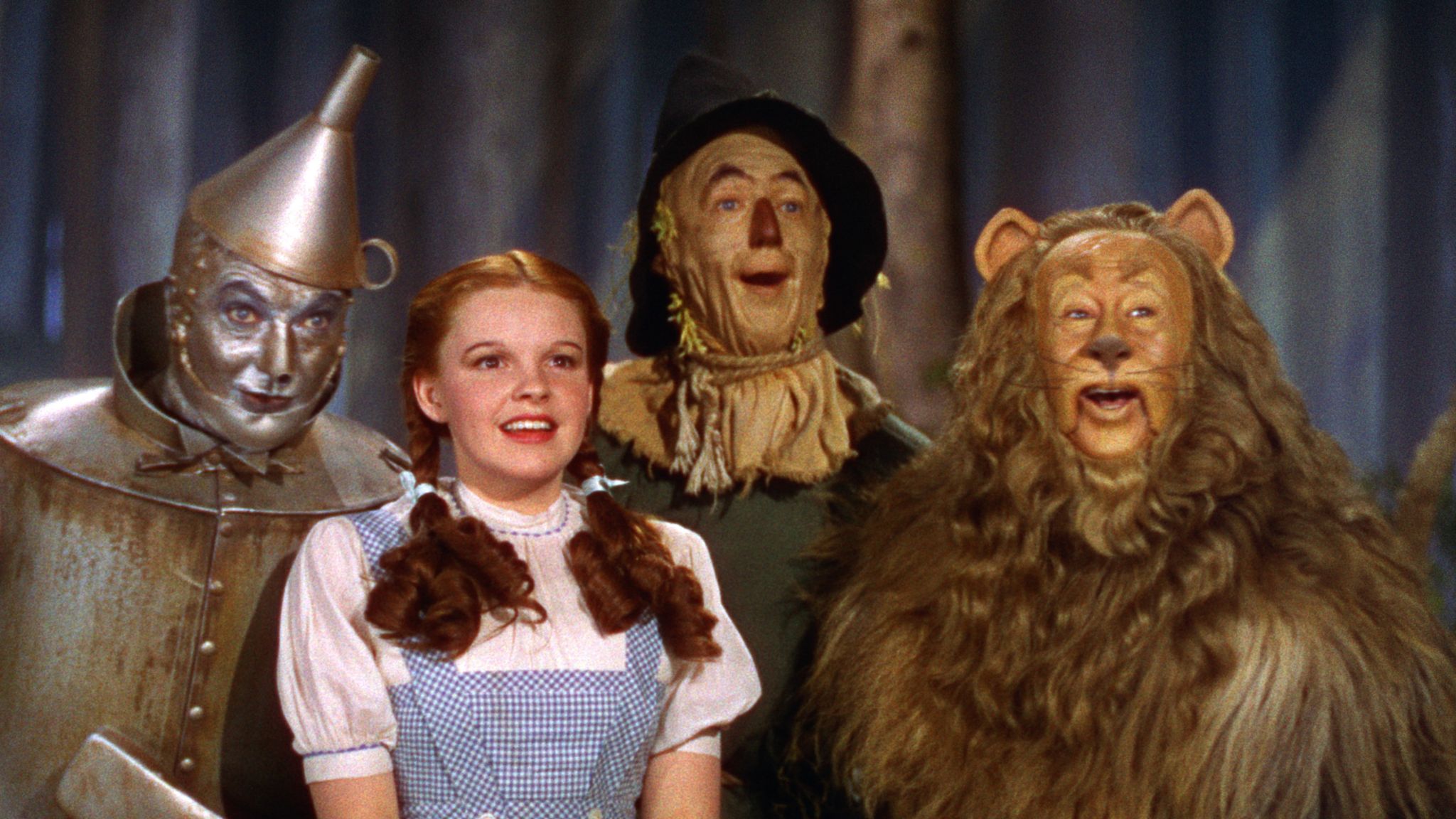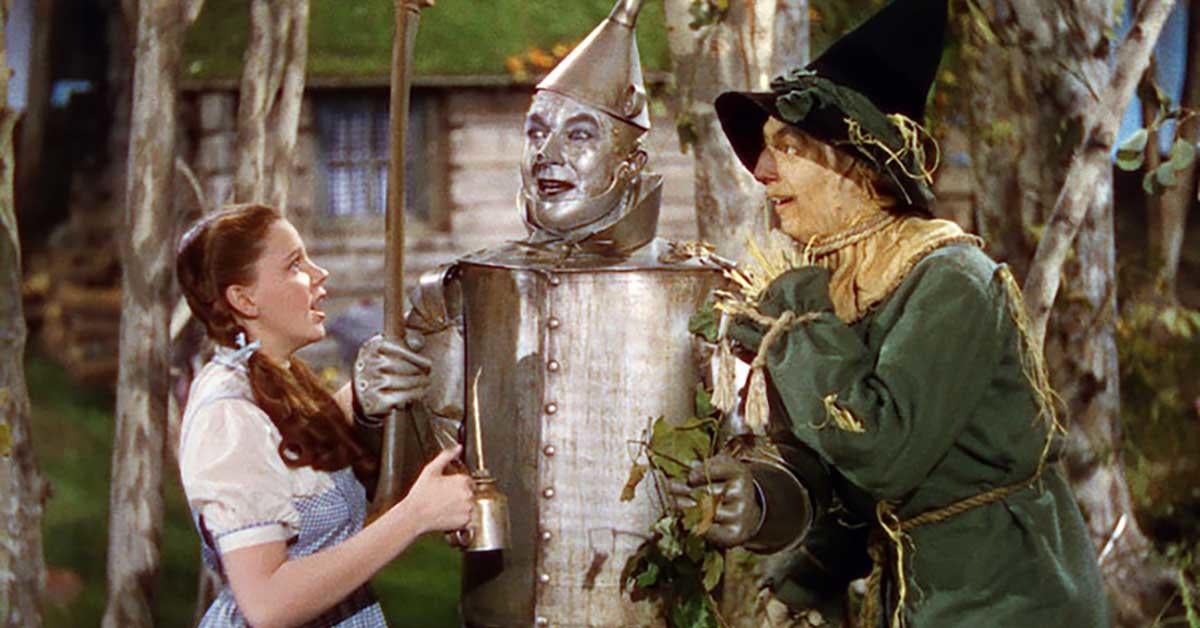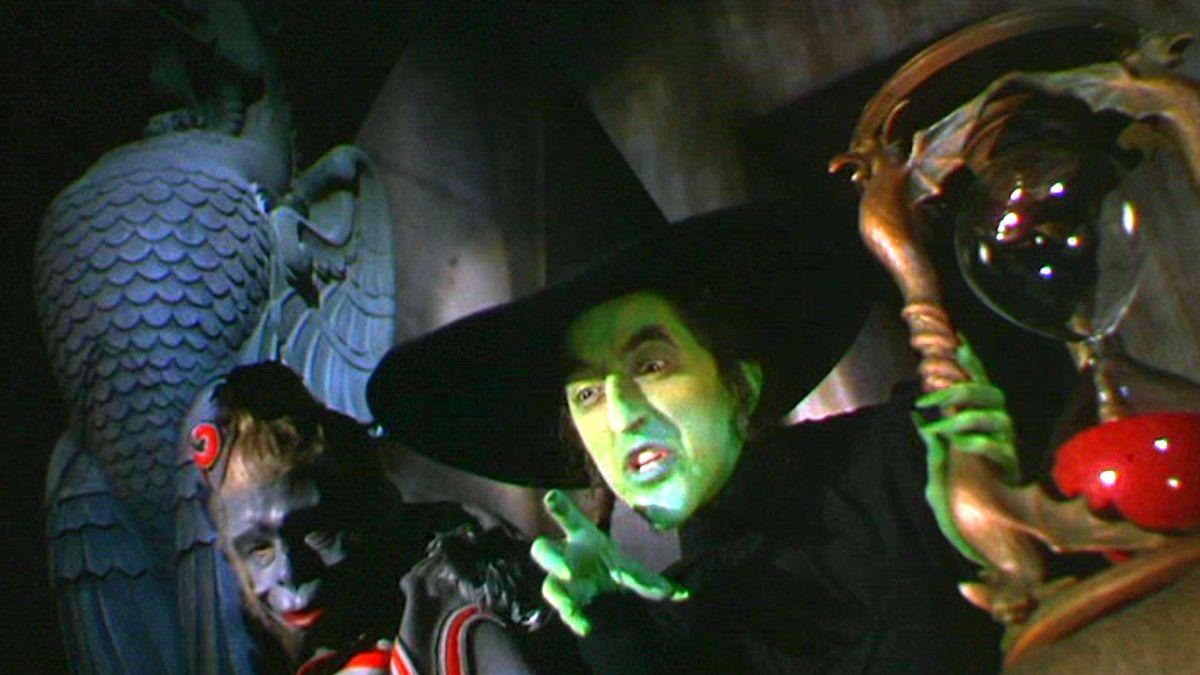
As someone who grew up watching The Wizard of Oz countless times, I was always captivated by its magical world and beloved characters. However, as an adult, learning about the deadly secrets hidden behind the scenes has left me with a heavy heart. The use of asbestos in the production not only put the talented cast and crew at risk but also left a lasting impact on many lives, including those who worked in Hollywood and other industries.
1939’s The Wizard of Oz, featuring Judy Garland as Dorothy, is a cherished classic that revolutionized the musical genre in Hollywood. Yet, the film’s production conceals a chilling truth: this iconic movie extensively employed a hazardous substance to enhance its visual appeal.
The Deadly Snow of Oz
In the timeless tale of The Wizard of Oz, numerous vivid scenes have left indelible marks on popular culture across generations. Notably, the striking poppy field scene stands out, featuring Glinda the Good Witch (Billie Burke) combating the Wicked Witch’s (Margaret Hamilton) sleep spell. The snowflakes drifting through this field create a breathtaking spectacle, but behind the scenes, the performers were subjected to potential health hazards due to the use of 100% industrial-grade chrysotile asbestos for the snow effect.
In the film, the “snow” that landed on Dorothy and her friends, played by 16-year-old Judy Garland and others, was carefully selected because it looked like real snow. However, the use of asbestos in the production wasn’t just confined to the snow scenes. The Scarecrow’s costume, worn by Ray Bolger, was coated with an asbestos-based fire retardant substance due to sequences involving fire. Likewise, Hamilton’s Wicked Witch’s broom, used in the film, was entirely made of asbestos for safety during burning scenes. Despite the witch’s famous meltdown in the movie, her asbestos broom remained undamaged.
In “The Wizard of Oz,” Asbestos wasn’t the sole risk; several actors faced health issues. Buddy Ebsen, initially chosen as the Tin Man, was hospitalized for two weeks due to aluminum powder from his makeup causing poisoning. His replacement, Jack Haley, contracted a severe eye infection from the same harmful substance. As for Judy Garland, she sustained serious burns during a pyrotechnic mishap that necessitated six weeks of recuperation. The reality is that in the early 20th century, Hollywood studios lacked sufficient safety regulations, making “The Wizard of Oz” one film among many that potentially endangered its cast and crew.
Hollywood’s Widespread Asbestos Use

During Hollywood’s golden era, it was typical to use asbestos when creating artificial snow in film productions. Initially, cotton batting was the go-to material for fake snow, but it posed a fire risk due to the heat emitted by studio lights. As a result, during the late 1920s and 1930s, asbestos-based artificial snow was produced and sold under various brand names like “White Magic,” “Pure White,” and “Snow Drift.” Beloved films such as Holiday Inn (1942), Citizen Kane (1941), and White Christmas (1954) all incorporated asbestos in their winter scenes, which were considered classics.
Asbestos was not just confined to creating snow effects in the industry; major film studios employed it in soundproofing, electrical insulation, and costume departments as well. Medical experts had raised concerns about asbestos as early as the 1920s, but companies persisted in using it across various applications due to its versatility and affordability. The growing body of evidence regarding its harmful effects did little to dissuade them from continuing its use.
It wasn’t until the late 1960s that the use of asbestos started significantly decreasing due to mounting scientific evidence about its hazardous nature. Unfortunately, the harm had already been inflicted on set designers, costume makers, and special effects artists who were regularly exposed to high levels of this lethal material for many decades prior. The extent of the damage wouldn’t be fully understood for years since asbestos-related diseases usually manifest between 20 to 50 years after exposure.
The Deadly Legacy of Asbestos Exposure

When breathed in, asbestos fibers can become lodged permanently within the body, causing inflammation, scarring, and genetic alterations in cells. This mineral is the sole identified culprit behind mesothelioma, a rare and aggressive form of cancer that often surfaces decades following exposure. Each year, between 700 and 800 individuals are diagnosed with mesothelioma, with an average lifespan after diagnosis being just 11 months.
Although the main cast of “The Wizard of Oz” didn’t reportedly pass away due to asbestos-related illnesses, it’s unfortunate that some individuals in the film industry have suffered this fate. For example, Ronald Sharpe, a set painter for “Goldfinger,” died at 59 from mesothelioma due to asbestos used in set construction. Similarly, Paul Gleason, known for “The Breakfast Club,” passed away only three weeks after his diagnosis. Ed Lauter, who graced many classic films, lost his life to mesothelioma in 2013, with his family filing a lawsuit against several movie studios. Tragically, Star Wars prequel actress Trisha Noble also succumbed to the same disease in 2021.
The persisting deaths linked to asbestos expose the devastating impact of its extensive use. Regrettably, it wasn’t just Hollywood disregarding scientific facts for financial gain; various industries, including construction, also relied on asbestos. One truth remains undeniable: watching snowfall in timeless movies like “The Wizard of Oz” carries a new poignancy when we consider the events unseen.
The Wizard of Oz is currently available for streaming on MAX.
Read More
- Gold Rate Forecast
- PI PREDICTION. PI cryptocurrency
- Rick and Morty Season 8: Release Date SHOCK!
- Discover Ryan Gosling & Emma Stone’s Hidden Movie Trilogy You Never Knew About!
- Linkin Park Albums in Order: Full Tracklists and Secrets Revealed
- Masters Toronto 2025: Everything You Need to Know
- We Loved Both of These Classic Sci-Fi Films (But They’re Pretty Much the Same Movie)
- Mission: Impossible 8 Reveals Shocking Truth But Leaves Fans with Unanswered Questions!
- SteelSeries reveals new Arctis Nova 3 Wireless headset series for Xbox, PlayStation, Nintendo Switch, and PC
- Discover the New Psion Subclasses in D&D’s Latest Unearthed Arcana!
2024-11-23 19:10